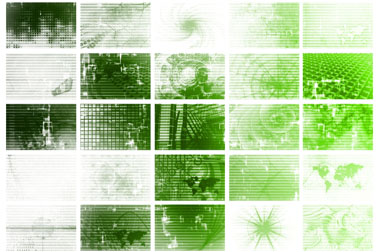
By TreeLiving
We hear a lot about the energy crisis and the need for new and sustainable energy sources. We’re still a long way off from green energy but eco tech strategies aren’t only about those kinds of innovation. Improving efficiency in managing power supplies is important too – hence the creation of the smart grid, as an eco tech solution for a greener future.
The Smar t Grid is all about improving delivery and reliability while eliminating wastage and cutting energy usage in the electricity delivery chain. The role of any electricity grid is to transfer the power from the generators (such as power plants) to the power points in our homes. Eco tech experts and engineers have revisited conventional delivery to upgrade the way the system works for the twenty-first century.
The traditional power grid was set up in a very different time. The nation’s demands have changed in several ways. The old grid is over-burdened in some areas of the US, as a result of development and increased population density. In addition, new appliances have changed. The voltage of electricity changes at different points along the supply line. Modern appliances are more sensitive to these voltage changes. An aging grid and this new sensitivity is a recipe for unreliability that the Smart Grid is designed to address.
One solution to the burden on the old grid is the installation of new power lines. However, this may not be appropriate in certain areas, for a variety of reasons (such as areas of environmental significance where aesthetic considerations may apply). Increasing the load on the ailing old grid may lead to even further unreliability.
The Smart Grid comes into its own because of its communication, monitoring and control capabilities. This is all enabled by the digital revolution, which has been harnessed for green applications, in this case, energy efficiencies. In a nutshell, better measuring and control allows the electricity supply to be customized for local needs. For example, it allows individual households to take advantage of packages that allow us to choose to run selected appliances during the hours of the day when the electricity unit price is at its cheapest.
This has other green implications as well. It all fits in beautifully with the new trend away from large, centralized, ‘dirty’ power stations and towards husbanding our electricity from a large variety of smaller power generation schemes, including solar power and photovoltaics, wind turbines, hydropower and the like.
There have been various obstacles to implementing the Smart Grid system, including the need for the utility companies to gear themselves up to deal with its complexity, and issues with telecoms. In spite of a number of varied obstacles, Smart Grids are now up and running across the land. Austin, Texas took the lead back in 2003 and, across the world, energy providers and consumers alike are switching on to smart grid technologies and eco tech solutions. It may be big business for the industry, but the Smart Grid is also good news for canny consumers and people tuned into environmental issues arising from our ever-rising energy consumption.

